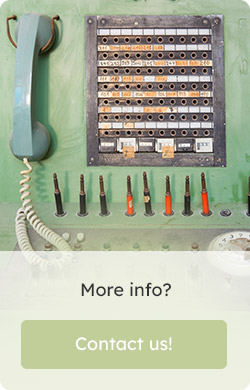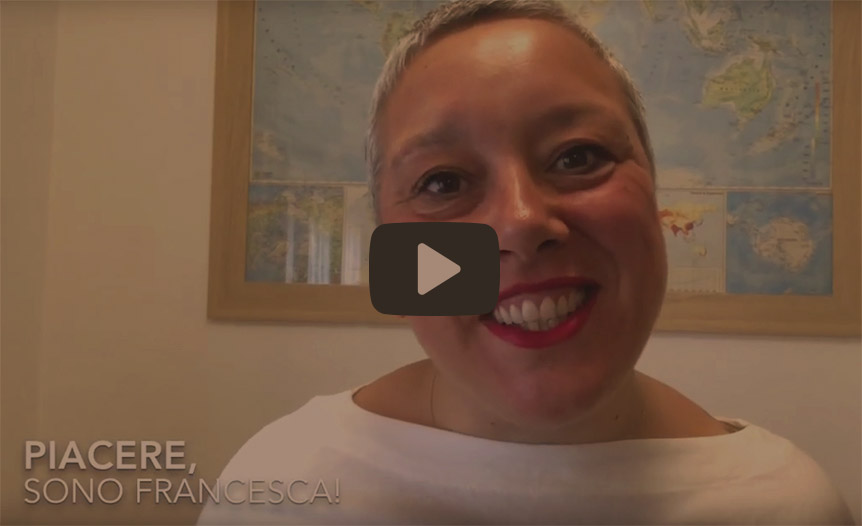Our method in 5 points:
- A range of teaching materials are used in class, including: advertisements, emails, newspaper articles, songs, interviews and real-life conversations. All texts are authentic (even for the A1 Beginner level), and are taken from newspapers, books, and online, which means that they are same texts a native Italian speaker would read, without any simplifications. Using these types of texts in class enables students to feel at ease when they find themselves in an environment where only Italian is spoken, without the help of a teacher of a dictionary, because the student has already learnt how to understand and interact in these situations.
- Our lessons are designed to teach practical communication, such as ordering at the bar, booking an hotel room, telling travel stories, and discussing future plans. All lessons begin with a comprehension activity (reading or listening) followed by a practical activity (written or oral). This is because the ultimate goal of studying a language is communication. By ascertaining at the beginning of the course the type of situations in which students will be interacting in Italian, the teacher will be able to streamline the course content and prepare tailor-made lessons.
- Studying grammar does not mean learning a language. Our goal is communication, and although grammar is necessary, it is only one aspect of communication. For this reason, learning grammar is never the sole aim of a class. For example, rather than simply learning the present tense of the verb “to be”, a class would focus on describing someone’s personality. This creates situations in which students can say, “She is nice and kind”, “I am lazy”, or “They have good manners”, which means the present tense of the verb “to be” is learnt in context.
- The student is the main focus and an active part of the lessons, and our lessons are not designed for students to sit listening passively. Even in our online classes, we make sure that the student is active, speaks, interjects, asks questions, is passionate, has fun, and even gets angry if necessary. The teacher is an instrument in the hands of the student: they will help when help is needed, but they will also get out of the way to let the student work alone when appropriate.
- Even online, the classroom environment recreates what is going on outside the classroom, and aims to make the student as independent and as relaxed as possible towards learning the language. This, therefore, is our final message for students: use all your knowledge to communicate, be open-minded, and don’t be held back by the fear of making mistakes. Instead, accept that you will make mistakes because you are learning and go at your own pace. This will make studying a voyage of discovery and every discovery will bring new surprises.




